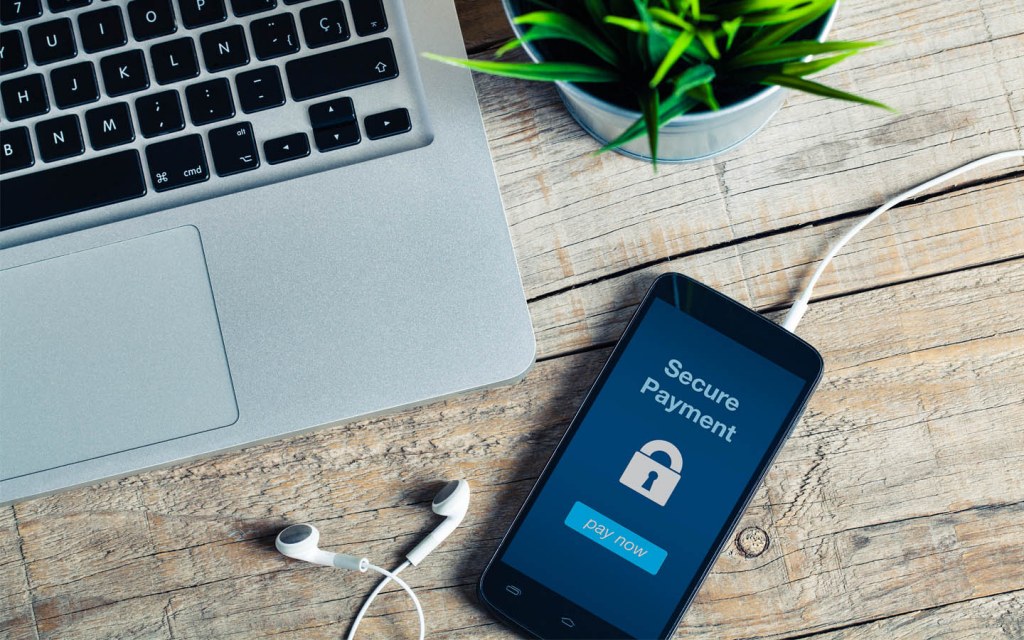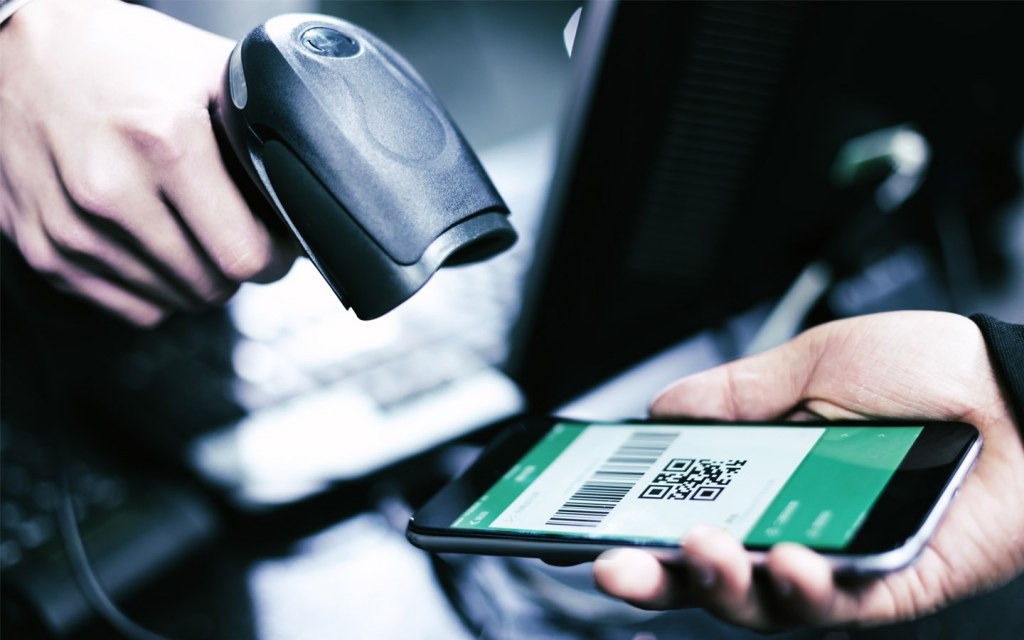UPDATE (Feb. 17, 2021): In order to facilitate people looking to avail housing loans under the government’s subsidised scheme, the State Bank of Pakistan (SBP) has eased some of its conditions.
SBP has allowed a third-party guarantee for applicants waiting for obtaining home finance in Pakistan, especially for low-cost housing. The guarantee will last for a maximum of one year for the time it takes for the housing unit to be completed and perfect mortgage.
UPDATE (Jan. 22, 2021): In order to promote affordable housing in Pakistan, the State Bank of Pakistan (SBP) has launched a portal for complaint resolution. The initiative is meant to help people looking to buy affordable homes and also facilitate government projects like Naya Pakistan Housing Programme (NPHP).
The announcement of the new portal came during a meeting of the National Coordination Committee on Housing, Construction and Development (NCCHCD) with Prime Minister Imran Khan in Islamabad on Jan. 21.
The portal, according to the presentation by State Bank Governor Dr. Reza Baqir, will help resolve issues of the people who’d like to borrow money under the government’s Markup Subsidy Scheme for affordable housing.
UPDATE (March 20, 2020): In a recent development, the State Bank of Pakistan (SBP) has directed all the banks across the nation to waive charges on online fund transfers through digital banking channels. This step has been taken to bring down the footfall in commercial banks, keeping in view the ongoing coronavirus outbreak.
One of the strongest contenders in the race of global digitisation, Pakistan is on its way to becoming a cashless economy. Almost every other bank in the country now offers online payment services and transaction platforms along with the services of debit and credit cards. These services have made banking facilities mobile and available round-the-clock, reducing the dependability of people on cash and promoting the concept of branchless banking. Amidst all these developments, an absence of a centralised policy to regulate the rapidly progressing digital payment system in Pakistan was greatly felt until the launch of National Payment System Strategy (NPSS) by the State Bank of Pakistan.
SBP’s New Strategy and the Digital Payment System in Pakistan
The launch ceremony of the National Payment System Strategy (NPSS) was hosted on Nov. 1 by the current governor of the State Bank, Dr. Reza Baqir, in the presence of David Robert Malpass, the president of the World Bank, who was also the chief guest for the occasion.
Praising the SBP’s newly launched strategy, Dr. Reza said, “This strategy lays out a road map and action plan for Pakistan to have a modern and robust digital payments network.”
Monitoring and facilitating the platform of digital payments in the country, the State Bank of Pakistan’s new National Payment System Strategy is expected to boost the country’s GDP by seven percent, thereby creating four million new employment opportunities and netting as much as $263 billion in new deposits, where the potential market is believed to go up to $36 billion by 2025. All these stats have been mentioned in the official document released by the State Bank of Pakistan regarding its National Payment System Strategy (NPSS).

The SBP’s new strategy is expected to act as the foundation of a centralised legal and regulatory framework for the national payment system in Pakistan. By representing the digital financial services to the general public as a much reliable and secure alternative to the conventional modes of payments like cash and cheques, it is expected to trigger a large-scale migration to the electronic payment system in Pakistan.
The possibility of a shared government payment platform has also been highlighted by the NPSS. It will be a digital platform connecting all the concerned public and private institutions for the collection and disbursement of payments through a single, fully-secure channel.
Quick Fact: Similar to what we are seeing in Pakistan, in a recent wave of digital transformation, China took things to the next level and came up with a central bank-backed digital currency. To be more specific, it is a centralised open payment infrastructure, which is accessible by the general public. It is a revolutionary move made by China to become a cashless economy.
Efforts to Introduce A Low-Cost Home Remittance Service
After the successful launch of the NPSS to ensure the progress of the digital payment system in Pakistan, SBP, in collaboration with the federal government, is now trying to introduce a centralised home remittance platform to provide a cost-effective, reliable and safer mean to overseas Pakistanis to send money home.
In recent years, the State Bank of Pakistan with the cooperation of all the major commercial banks operating in the country introduced a system based on mobile interbank transfers to allow Pakistani nationals to send and receive remittances from anywhere in the world using their international bank account numbers (IBANs). It is one of the most significant examples of joint public and private efforts to improvise the home remittance system in Pakistan.
Fintech and Digital Wallets in Pakistan

Let’s start with a quick fact: Fintech, which is a portmanteau of ‘financial technology,’ means the incorporation of technology to offer financial services on the go.
According to a report from the United Nations Development Programme (UNDP), around 64 percent of the total Pakistani population is based on individuals under 30 years of age. This makes Pakistan a country with the 5th largest young population in the world, resulting in increased usage of smartphones and internet technology. These are some of the key factors why Pakistan has turned out to be a highly suitable market for fintechs to operate and grow.
So, from where does it all begin? Let’s find out!
History of Digital Wallets in Pakistan
FINCA Microfinance Bank is a pioneer of mobile wallet services in the country. In 2016, for the very first time in the history of Pakistan, an advanced e-wallet service named “SimSim” was introduced. With the help of this digital payment service, anyone can create a mobile wallet account using a valid Computerised National Identity Card (CNIC) in a matter of a few seconds on their smartphones.
After the launch of SimSim by FINCA, the concept of digital wallets in Pakistan picked up pace as a result of which other tech giants and telcos also jumped into this particular field and started testing their digital payment services. As of 2019, five big names are providing digital wallet services in Pakistan including EasyPaisa, JazzCash, SimSim by Finja, Keenu-Wallet and U-Paisa by Ufone.

With the help of these electronic wallets, you can access your bank account, transfer money, draw or withdraw cash and pay for your food, transport, grocery and utility bills. By offering a wide range of services, these digital wallets in Pakistan have conveniently reduced the need for carrying debit/credit cards all the time.
On a side note, you can also take a look at one of our recently published blogs if you want to know more about some of the best online payment services in Pakistan.
Ranked as the third most popular country in the global freelancing market, Pakistan has witnessed an exponential growth in the field of information technology in recent years. The introduction of a centralised policy for the digital payment system in Pakistan by the State Bank of Pakistan is another significant move in this regard. As stated above, it is expected to contribute a lot in terms of the progress and digitisation of the country’s economy.
What else do you think needs to be done to improve the country’s digital footprint? Feel free to share your views at blog@zameen.com and engage with us in an informative discussion.
For similar updates, stay tuned to Zameen Blog, the country’s best lifestyle blog. Subscribe to our newsletter to receive regular email alerts from our blog section.



